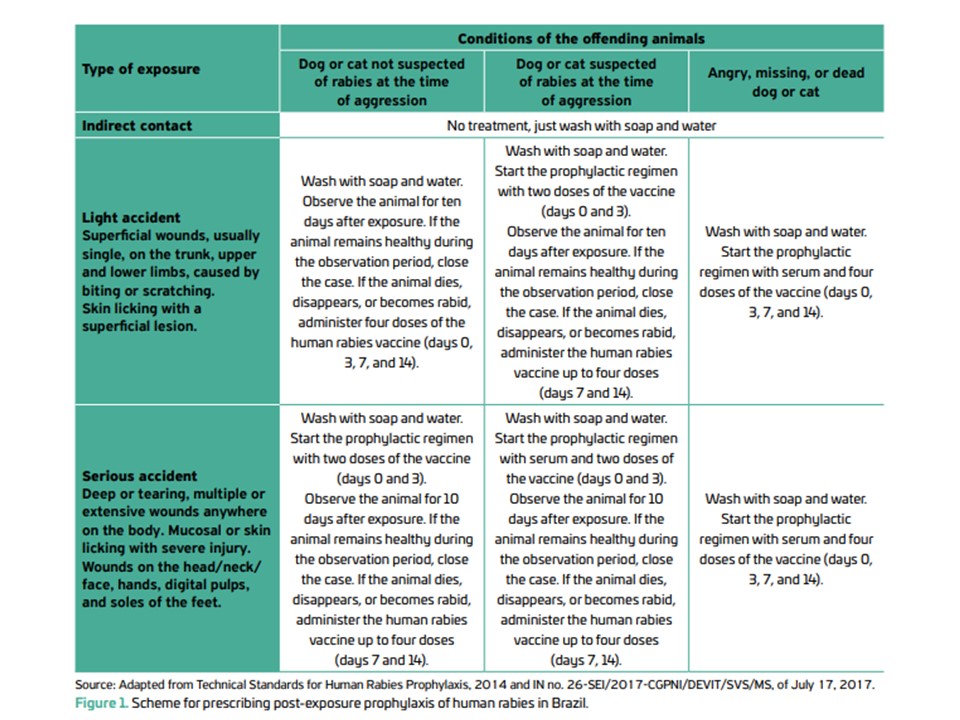Human rabies post-exposure prophylaxis: a review of the treatment of accidents involving domestic cats
DOI:
https://doi.org/10.21708/avb.2022.16.3.10825Abstract
Rabies is an anthropozoonosis that presents approximately 100% lethality and expensive preventive assistance. Many human post-exposure anti-rabies treatments indicated for people at risk of exposure to rabies virus, usually due to some aggression by a mammalian animal, are instituted annually. This study aimed to evaluate the initial care of post-exposure prophylaxis of human rabies in Belo Horizonte between 2007 and 2016, involving accidents with domestic cats. It was found 71.1% agreement between the treatments instituted by health services and the protocol of the Ministry of Health. Treatments classified as insufficient totaled 18.3% and excessive, 10.6%. The animals were healthy in 68% and observable in 68.4% of the cases. Treatments involving the use of anti-rabies vaccine totaled 87.7%. The most frequent treatment adopted by the health services was observing the animals associated with the human anti-rabies vaccination in 56.7% of the cases. Imperfections in the filling of the notifications must be revised to enable improvements for future analyses. As for human prophylactic anti-rabies care, forming a multidisciplinary health team including veterinarians would be well on the way to improving the service offered.
Downloads

Downloads
Pubblicato
Fascicolo
Sezione
Licenza
Copyright (c) 2022 Acta Veterinaria Brasilica

TQuesto lavoro è fornito con la licenza Creative Commons Attribuzione 4.0 Internazionale.
Autores que publicam na Acta Veterinaria Brasilica concordam com os seguintes termos: a) Autores mantém os direitos autorais e concedem à revista o direito de primeira publicação, com o trabalho simultaneamente licenciado sob a Licença Creative Commons Attribution que permite o compartilhamento do trabalho com reconhecimento da autoria e publicação inicial nesta revista. b) Autores têm autorização para assumir contratos adicionais separadamente, para distribuição não-exclusiva da versão do trabalho publicada nesta revista (ex.: publicar em repositório institucional ou como capítulo de livro), com reconhecimento de autoria e publicação inicial nesta revista. c) Autores têm permissão e são estimulados a publicar e distribuir seu trabalho online (ex.: em repositórios institucionais ou na sua página pessoal) a qualquer ponto antes ou durante o processo editorial, já que isso pode gerar alterações produtivas, bem como aumentar o impacto e a citação do trabalho publicado (Veja O Efeito do Acesso Livre).


 Esta obra está licenciada com uma Licença
Esta obra está licenciada com uma Licença 